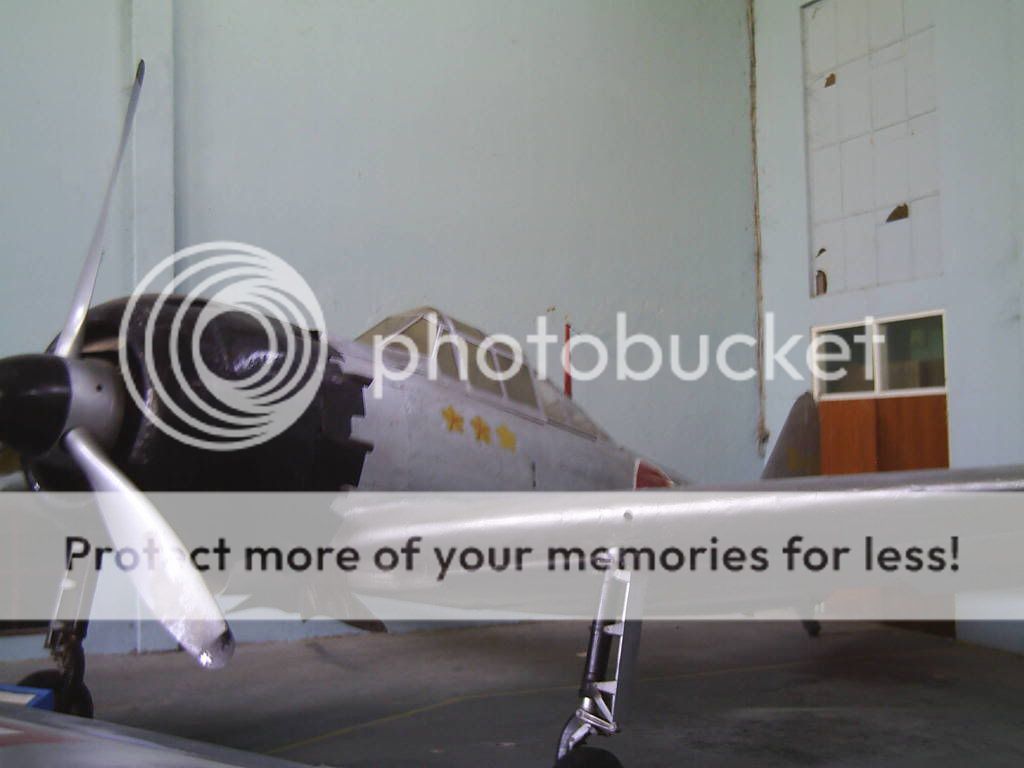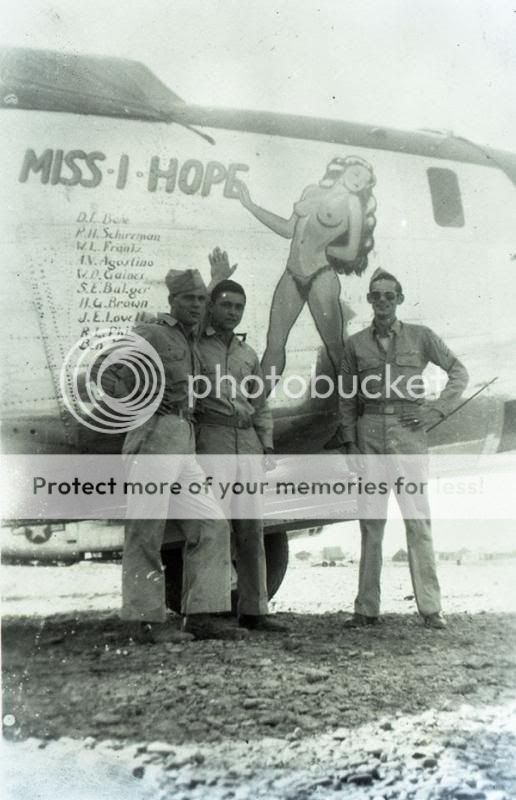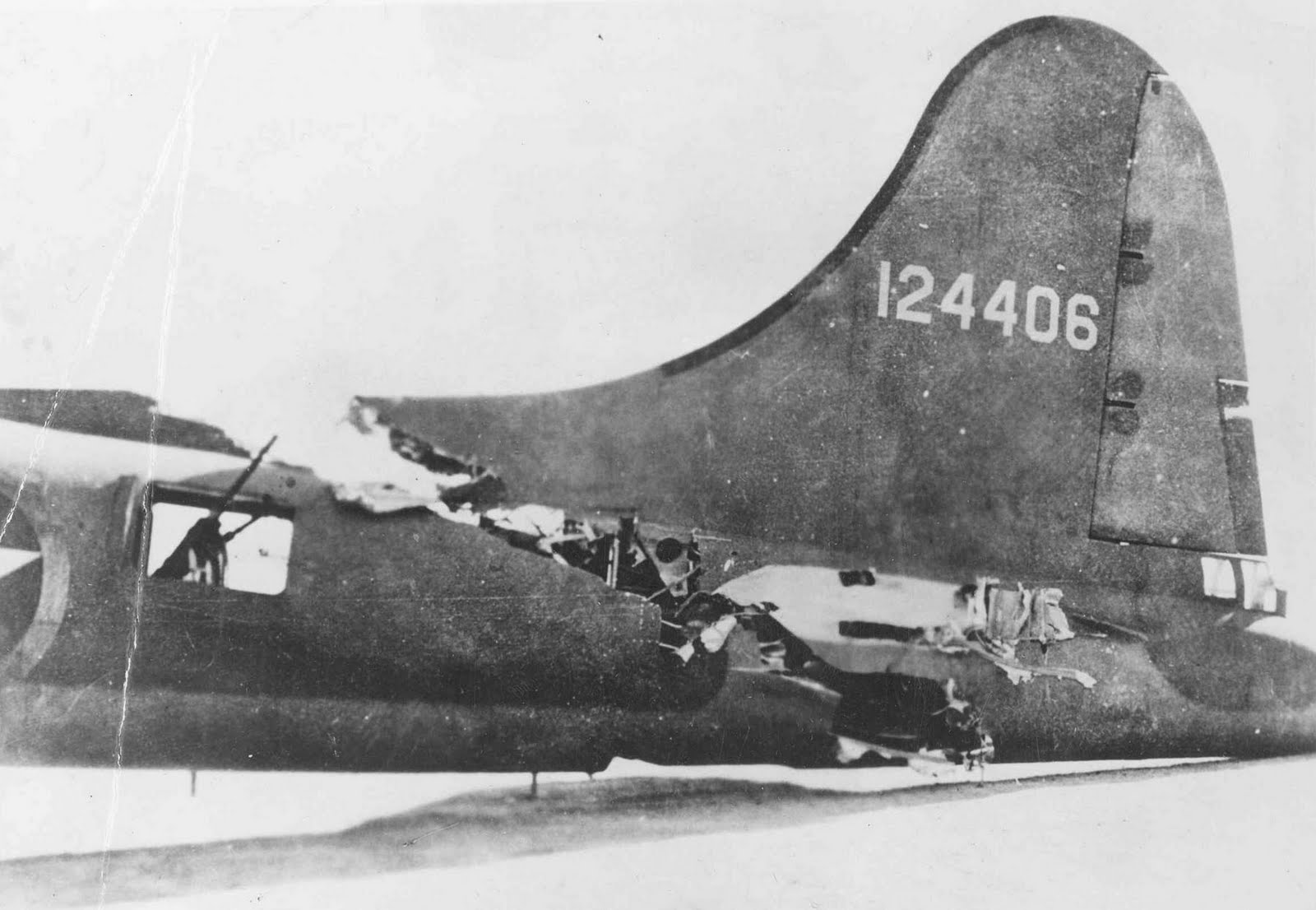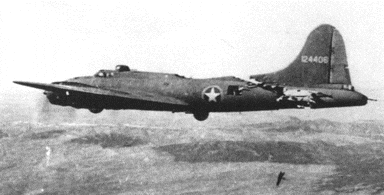I
Indofred
Guest
Indofred did this picture get reversed somehow? Zero's didn't have left handed engines. It's either that or someone grafted a Russian M-14 radial onto it! (Or the whole thing is a replica)
Well spotted.
As to the answer, I have no clue but there are several possibilities.
It's unlikely there were any Russian aircraft around Indonesia at the end of WWII but such an engine could have been fitted at a later date.
It could also be something as simple as they didn't have the correct prop when they set the thing up as an exhibit.
If I get chance to return to the museum, I'll try to find out but this could suggest my guess has merit.
Pacific Wrecks - A6M5 Model 52 Zero Tail 30-1153







